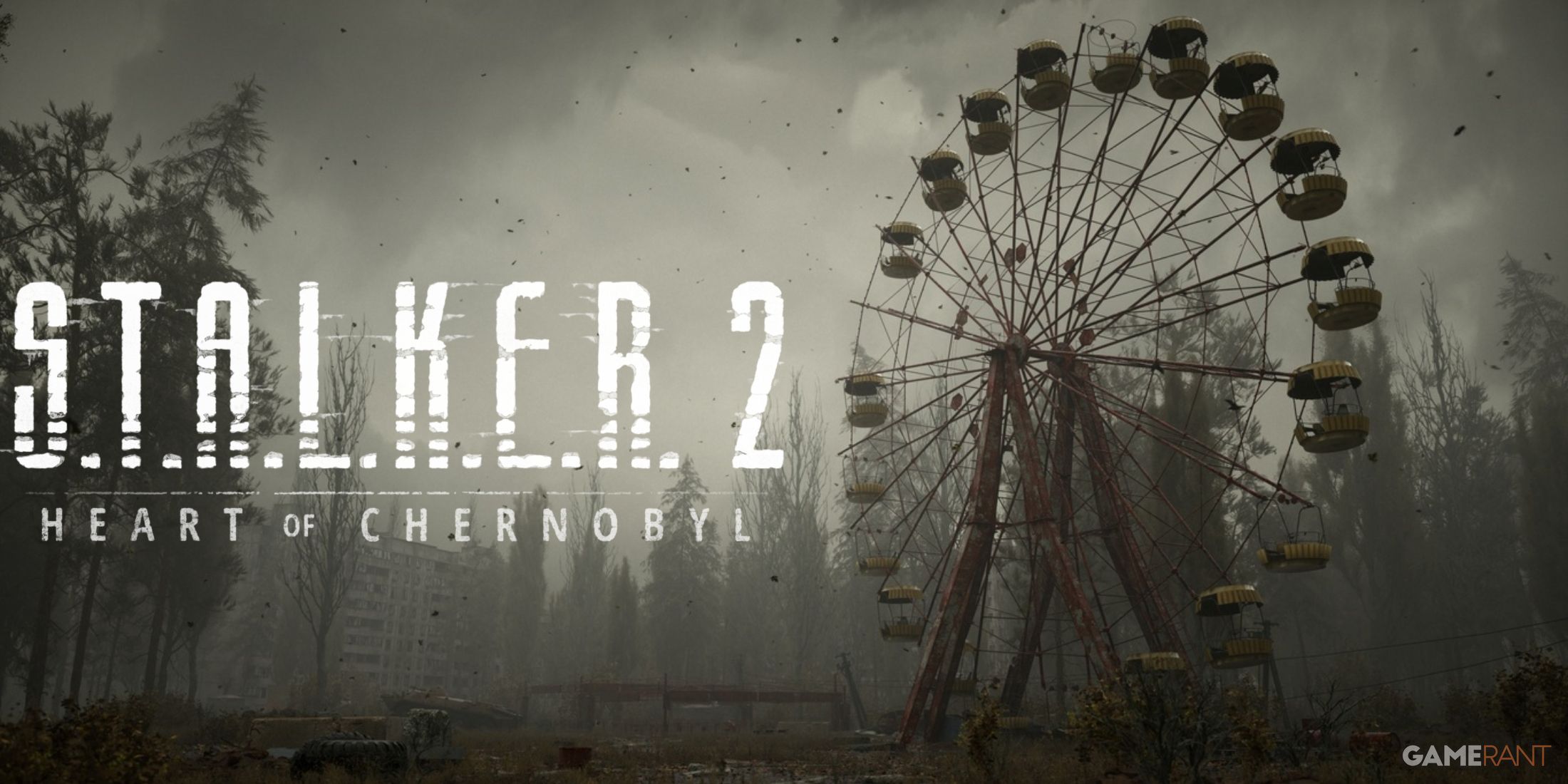The gaming world is getting more diverse every day, at least in terms of video game genres. Napoleonic soulslikes, roguelike deck-builders, animal simulators, and sprawling fantasy-RPGs have all been released this year, and that’s barely scratching the surface. But despite the overwhelming variety of video game genres out there now, many modern games share similar gameplay features, even when fans would least expect them to. That’s exactly the case with STALKER 2 and Dragon’s Dogma 2.
STALKER 2 is a post-apocalyptic survival shooter with immersive sim elements set in the dangerous Zone surrounding Chornobyl that’s filled with mutants, raiders, and monsters. Dragon’s Dogma 2, on the other hand, is a fantasy action-RPG that sees players slaying monsters, hunting a dragon across a continent, and embroiling themselves with the complex geopolitical landscape. STALKER 2 and Dragon’s Dogma 2 couldn’t be further apart from one another in terms of tone, story, setting, and gameplay, but the two share one rare feature.

Related
STALKER 2 Proves Historical Sci-Fi Has a Place in Gaming
Much like its predecessors, STALKER 2 embraces a historical sci-fi setting, and it proves this type of backdrop certainly has a place in gaming.
Emergent Gameplay Is Core to The STALKER 2 and Dragon’s Dogma 2 Experience
A Brief Explanation of Emergent Gameplay
Emergent gameplay has many different definitions and interpretations, but it’s most commonly associated with immersive sims and open-world sandbox titles. Emergent gameplay most commonly refers to moments in a game in which the action on-screen is mostly unscripted, occurring naturally through the merging of individual gameplay systems.
Emergent gameplay can also be player-led, AI-led, or a mix of both. An example of player-led emergent gameplay is when players can find multiple ways to complete an objective, such as in stealth games like Hitman. An example of AI-led emergent gameplay is when groups of enemies interact with one another freely, without the player’s intervention.
As an immersive sim, the STALKER series has been at the forefront of emergent gameplay for over a decade, often being used as a key example in definitions. STALKER 2 continues this trend nicely.
STALKER 2 and Dragon’s Dogma 2 Have The Same Flavor of Emergent Gameplay
Proudly taking the torch passed from its predecessors, STALKER 2‘s open-world is filled with emergent gameplay opportunities, most of which revolve around enemy encounters. Much of the joy of STALKER 2‘s challenging combat comes from working out clever ways to deal with large groups of enemies, such as luring them into other groups of enemies or sneaking past them undetected.
This player-led emergent gameplay is often paired nicely with AI-led emergent gameplay, with mutants or animals occasionally joining the fight randomly. STALKER 2‘s Anomalies also feed into the game’s emergent formula, delivering some memorable moments, such as a mutant being caught in an explosive blast of lightning just before they leap to strike the player.
Dragon’s Dogma 2 features a very similar flavor of emergent gameplay, with its own combat often blending player-led and AI-led emergent elements as well. It’s a regular occurrence to be attacked by multiple groups of enemies at once in Dragon’s Dogma 2, but it’s also often the case that these enemy groups will start to fight each other. These frantic brawls can lead to some unforgettable moments, especially when large monsters like cyclopes or griffins join the fight.
Both STALKER 2 and Dragon’s Dogma 2 use friendly AI to enhance their emergent gameplay moments, with Dragon’s Dogma 2‘s Pawns rushing into combat and using their free will to get into all kinds of scrapes, while STALKER 2‘s friendly factions attempt to help the player by putting their own life on the line during a firefight.
Source link














Leave a Reply